Dandelion /Taraxacum officinale/ is a perennial herb with milky juice. It occurs in meadows and grassy areas near streams. Dandelion is known as a healing herb since ancient times, is called "balm of the sun." This is not accidental - dandelion helps in many diseases.
Dandelion has a greatly shortened stem and well-developed roots. The leaves are carved in the shape of a rosette. From the middle of the rosette grows bare and hollow stem which is 5-30 cm high with a graduated color, golden yellow basket. Colors are Tonguefishes and seeds are fusiform equipped with flights. Are parts of the dandelion, with the roots are usable.
Composition of dandelion
Ground part of the dandelion contains flavoxantin, lutein, tin, arnidol, fapandiol, laktotserol, choline, asparagine, vitamins B1, C, D, and provitamin A. The milky juice of the dandelion contains the bitter substance taraksacin.
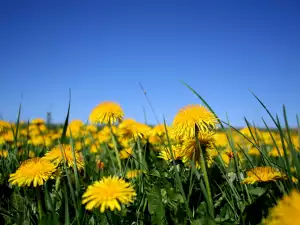
The roots of the dandelion contain triterpene compounds taraksasterol, and taraxerol pseudotaraxerol, taraxatsin, and inulin. They contain fats that are composed of glycerides of palmitic, linoleic, tserotinolovata, oleic and other acids.
Collection and storage of dandelion
As mentioned, all parts of the dandelion are used. The roots are collected in autumn and summer, the leaves around flowering - in the spring and early summer. After collecting, they are dried and stored in a cool, dry area away from direct sunlight.
Dandelion in cooking
In some countries, dandelion is deliberately cultivated as a culinary herb. Its leaves are used for a delicious spring salad that is extremely useful in spring fatigue and vitamin deficiency. Besides salad, dandelion is used to make a useful tea and some kinds of jam.
To make a salad of dandelion, leave the leaves to soak 30 minutes in lukewarm water. Another option is to boil them to discolour. This removes their bitter substances. Then cut leaves and season them with olive oil and lemon to taste. Add chopped green onions, dill, parsley and a few olives.
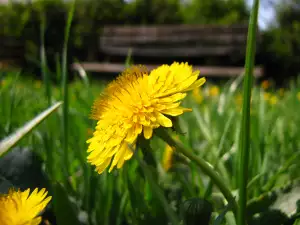
It turns out that dandelion can be a wonderful condiment for soup. In salted water, soak the leaves of the dandelion, drain and chop them finely. Add dill, lemon juice and parsley. This seasoning blends into soups.
Benefits of dandelion
The main effect of the herb is designed to improve liver functions. It also has a very good diuretic, and anthelmintic action, while it stimulates appetite.
Ground part of the dandelion is used to treat the above conditions. The healing effect is due to those organic acids, glycosides and bitters in dandelion. Dandelion strengthens the effect of the pancreas and increases the secretion of insulin, reducing the amount of bad cholesterol in the blood.
Dandelion helps liver disease, hemorrhoids, urinary tract disease, stomach and intestinal disorders, acting as a diuretic. The herb is very useful in mild diabetes. Used for coughs, constipation, diseases of the spleen, gout, inflammatory bowel gas, anemia, spitting of blood, regulating blood pressure. Fresh leaves of dandelion are used to treat anemia, avitaminosis C, diabetes and atherosclerosis.
The leaves of dandelion relieve premenstrual syndrome, retaining fluid because of cardiovascular diseases, chronic rheumatism, arthritis. They can be used for acne, fever and metabolic imbalance.
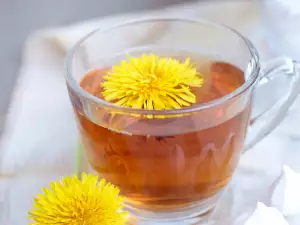
Traditional medicine with dandelion
For the treatment of liver diseases, boil 2 tablespoons leaves of dandelion in 500 ml of water for about 5 minutes. Once the broth is strained, drink 100 g before eating.
For fluid retention and kidney problems brew 1 tablespoon dried leaves to 1 cup boiling water and cover for 10-something minutes. Drink one cup in the morning and evening.
When lowered tone, mix roasted dandelion roots with jam of your choice. Take 1 tablespoon before meals for 10 days.
In poor digestion, pour 2 tablespoons chopped roots with 250 ml of water and leave for 8 hours. Filter an extract and drink it in small sips within one day.
Dangers of dandelion
Early spring leaves of the dandelion can make a salad, but you should not have too much, because it may cause indigestion.
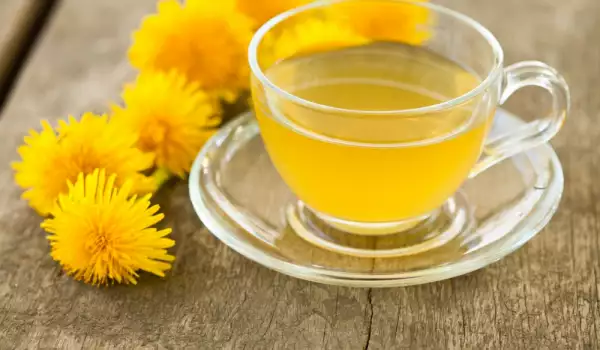
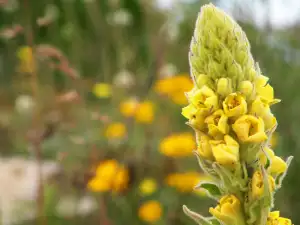
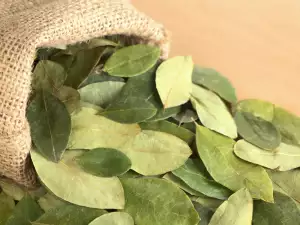
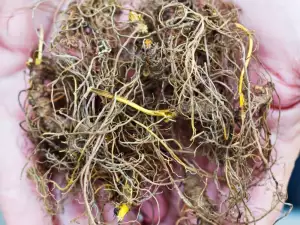

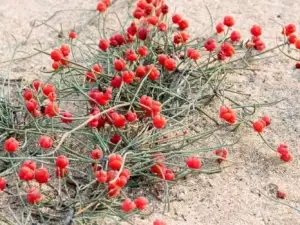
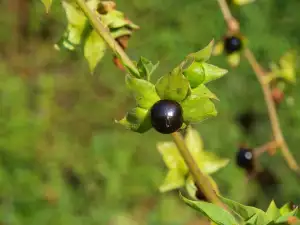
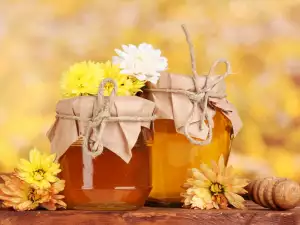
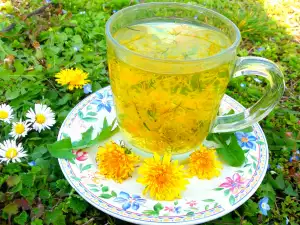
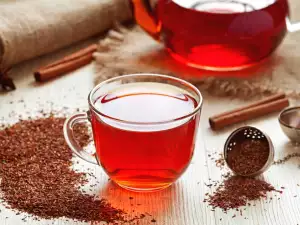
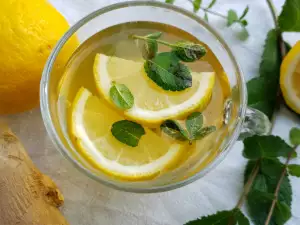

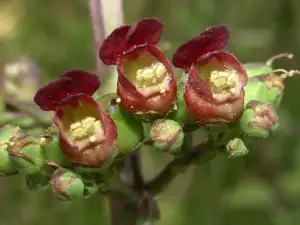
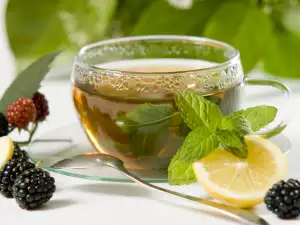
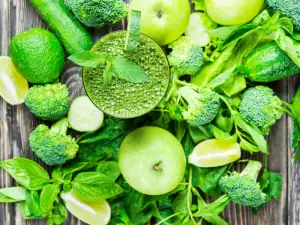
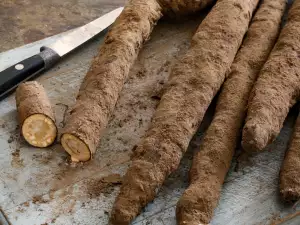




Comments